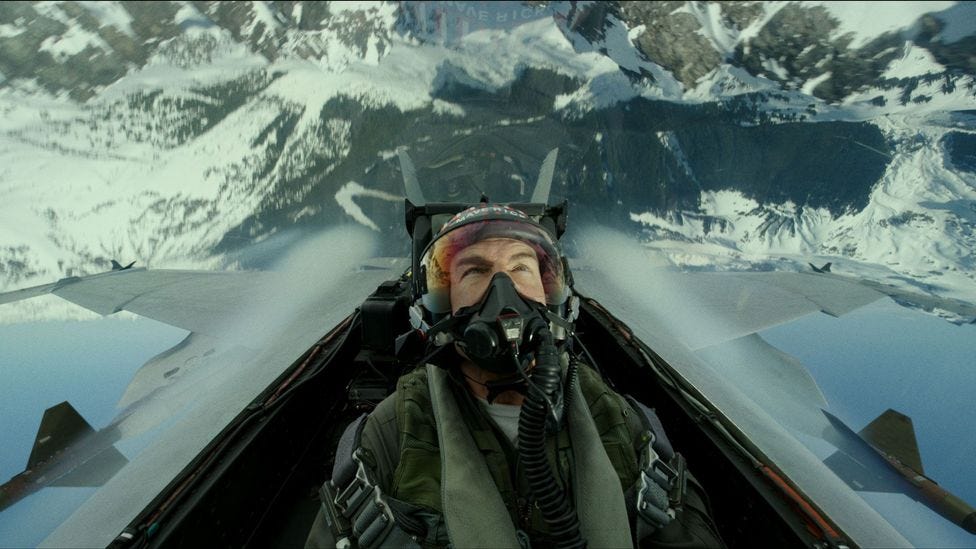I Liked 'Top Gun: Maverick' So Here Is My Four-Star Review Of Everything Wrong With It
A military revolution critique
I finally got to watch the new Top Gun film. Maverick is a solid action flick that manages to do its bookend namesake justice. I can see Tom Cruise doing one more of these movies some day, but I hope not, because this contemporary Hollywood machine would probably make him step down from the cockpit…
Keep reading with a 7-day free trial
Subscribe to Polemology Positions to keep reading this post and get 7 days of free access to the full post archives.


